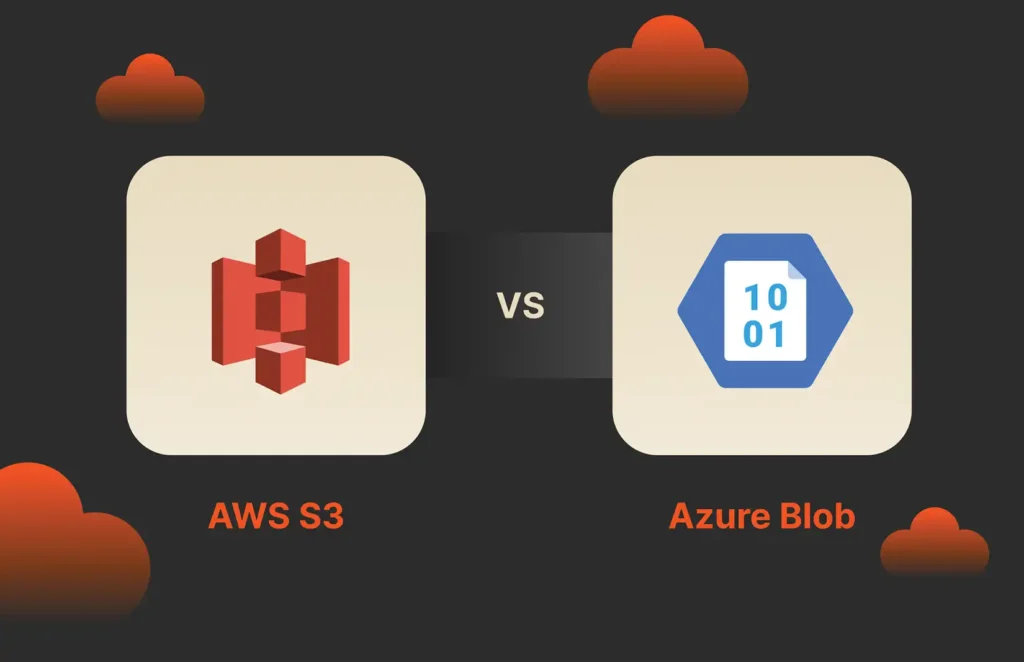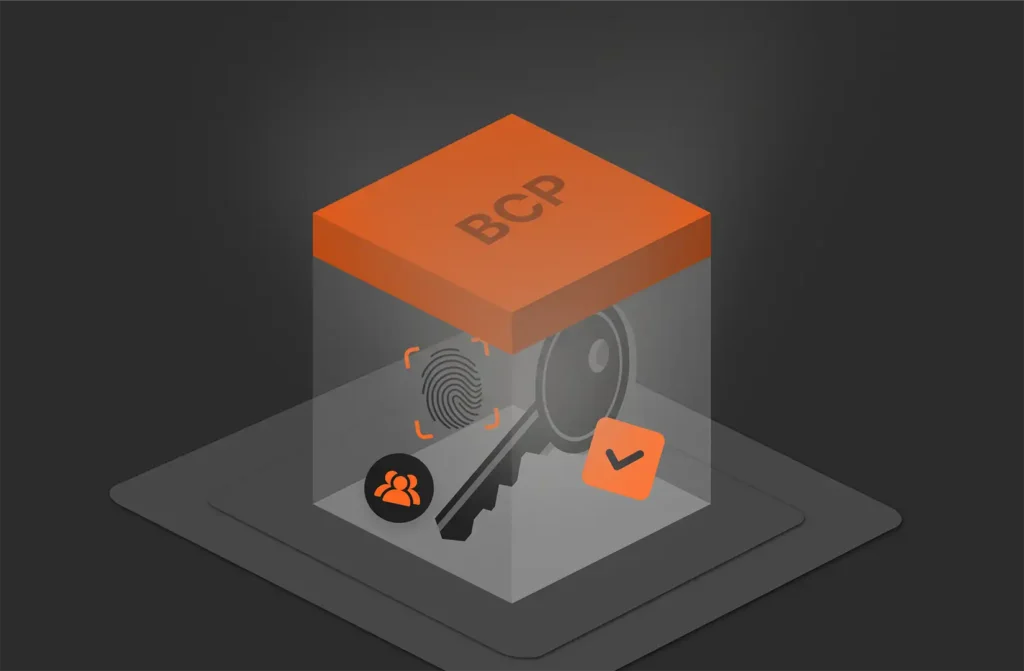Summary
Downtime can have a significant impact on businesses beyond immediate revenue loss. Organizations can also incur reputational damage and even legal ramifications.
Virtually every business today relies heavily on technology for smooth operations. This means one thing: Uptime is paramount. A single moment of downtime can have a domino effect, causing significant disruptions that go far beyond the initial inconvenience. While the immediate financial costs of downtimes and disruptions are often recognized, the hidden costs can be even more detrimental, impacting everything from employee morale to customer trust. Understanding these hidden costs is crucial for businesses to develop effective strategies for minimizing downtime and ensuring business continuity.
Financial Impact of Downtime
The financial consequences of downtime are undeniable. Every minute a system is offline translates to lost revenue, especially for e-commerce businesses and those relying on online transactions. A study by Gartner revealed that the average cost of downtime across industries is a staggering $5,600 per minute. This adds up to millions of dollars in losses for larger companies during a single outage.
However, the financial impact goes beyond immediate revenue loss. Downtime can also lead to:
- Missed opportunities: During an outage, businesses are unable to capitalize on potential sales or leads. This can be particularly damaging in fast-paced industries where a quick response is crucial.
- Increased costs: Downtime often necessitates significant efforts to get systems back online. This can involve overtime pay for IT staff, additional support from external vendors, and potential data recovery expenses.
- Customer dissatisfaction: Customers who experience disruptions during downtime can become frustrated and dissatisfied. This can lead to loss of existing customers and damage a company’s reputation, making it harder to acquire new customers.
Operational Consequences
The operational impacts of downtime can be equally disruptive. When systems are down, employees are unable to perform their tasks effectively. This leads to:
- Decreased productivity: Employees may be left idle or forced to find workarounds during downtime, significantly impacting overall productivity.
- Workflow interruptions: Downtime can disrupt established workflows, causing delays and inefficiencies. This can have a cascading effect across different departments, creating a backlog of work that takes time to clear.
- Increased workload: IT staff members are often under immense pressure during downtime events, scrambling to diagnose and fix the problem. This can take them away from critical maintenance tasks and proactive measures that can prevent future disruptions.
To minimize operational disruptions, businesses can implement clear communication protocols during downtime. Regular system backups and redundancy measures can also ensure business continuity and minimize workflow interruptions.

Safeguard Your Data—and Your Business
Ensure effortless business continuity and data recovery.
Reputation and Customer Trust
The damage caused by downtime isn’t always immediate. Downtime events can significantly erode customer trust, leading to long-term consequences. Here’s how:
- Loss of existing customers: Customers who experience repeated outages or lengthy downtime may lose faith in a company’s ability to deliver reliable service. This can lead to customer churn, impacting future revenue streams.
- Difficulty acquiring new customers: Negative experiences shared by customers during downtime events can spread quickly online, damaging a company’s reputation. This can make it more challenging to attract new customers.
Regaining customer trust after a downtime event requires proactive measures. Businesses should communicate openly with customers during outages, provide timely updates, and apologize for the inconvenience. Implementing robust disaster recovery plans can also help demonstrate a commitment to preventing future disruptions.
Legal and Compliance Issues
Downtime can also have legal and compliance ramifications that businesses need to be aware of. These include:
- Violation of service level agreements (SLAs): Many businesses have SLAs with customers or partners that guarantee a certain level of uptime. Downtime events can violate these agreements, potentially leading to penalties or contractual disputes.
- Non-compliance with industry regulations: Certain industries are subject to strict regulations regarding data security and uptime. Downtime events can put businesses at risk of non-compliance, resulting in fines or other legal repercussions.
To minimize the risk of lawsuits and compliance issues:
- Clearly define uptime expectations in SLAs: Clearly outline uptime guarantees and associated penalties for downtime events in all service level agreements.
- Stay informed about industry regulations: Businesses should be aware of any relevant industry regulations regarding data security and uptime requirements.
- Invest in proactive maintenance: Regular system maintenance and upgrades can help prevent downtime events and ensure compliance with regulations.
Data Security and Recovery
Downtime can expose businesses to data security and protection vulnerabilities. When systems are offline, they may be more susceptible to cyberattacks or data breaches. This can lead to:
- Loss of sensitive information: Downtime events can create an opportunity for unauthorized access to sensitive data, such as customer information or financial records.
- Data corruption or loss: In some cases, downtime can lead to data corruption or permanent data loss. This can have a devastating impact on businesses, especially those that rely heavily on digital data.
To prepare better against security threats during a downtime, businesses must:
- Implement robust data security measures: Businesses should have strong firewalls, encryption protocols, and access controls in place to protect sensitive data.
- Regular data backups: Regularly back up your business data to a secure offsite location and ensure that data can be restored quickly in case of a downtime event or data loss.
- Test and refine data recovery plans: Regularly testing and refining data recovery plans can ensure a swift and efficient response to downtime events, minimizing data loss and downtime duration.
Conclusion
Downtimes, while temporary, can have a significant and long-lasting impact on businesses. The hidden costs of downtime extend far beyond immediate revenue loss, affecting everything from operational efficiency to customer trust. By understanding these hidden costs, businesses can take proactive measures to minimize downtime and ensure business continuity.
Pure Storage offers a comprehensive suite of data storage solutions designed to maximize uptime, minimize data loss, and ensure business continuity. Pure Storage®FlashArray™ and FlashBlade® appliances deliver exceptional performance and reliability. Likewise, data protection solutions like SafeMode™ Snapshots, Purity, and ActiveDR™ facilitate efficient backups and disaster recovery.
Written By:
Avoid Downtime
Learn how you can minimize risk with Pure Storage.
![]()






